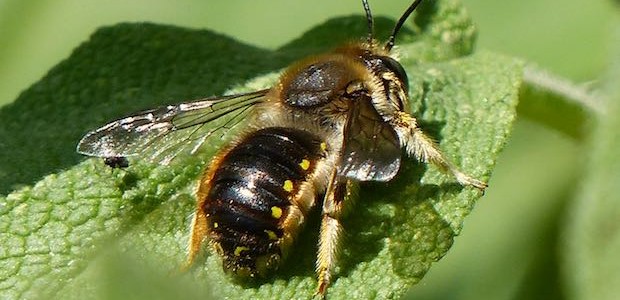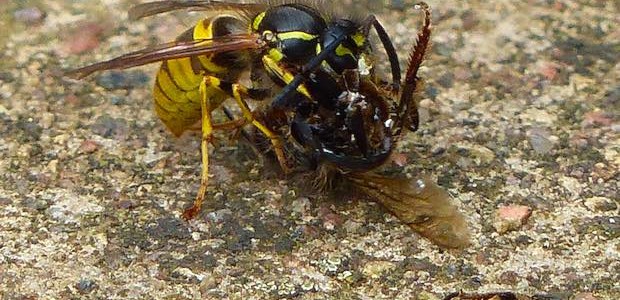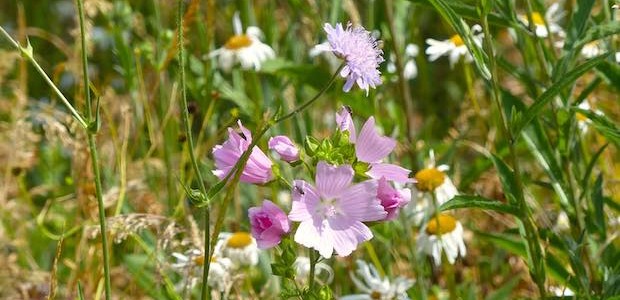Here in the UK, it may surprise you to learn that we have 5 species of ‘true’ cricket, 13 species of bush-cricket, and the mole-cricket. There are also 11 species of grasshopper. Crickets and grasshoppers are related species and belong to the orthoptera order.
How grasshoppers and crickets sing
The chirring sounds of grasshoppers and chirping sounds of crickets are within the range of human hearing and are part of the orchestral sound of summer, woven with birdsong. Read more

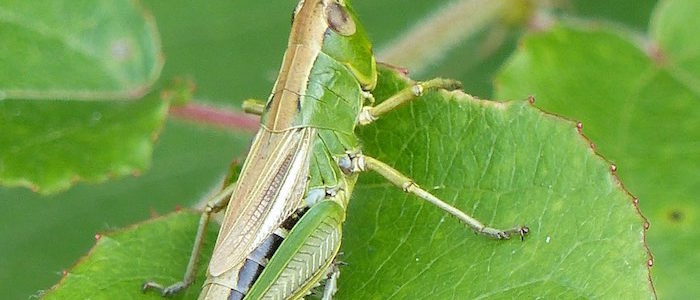
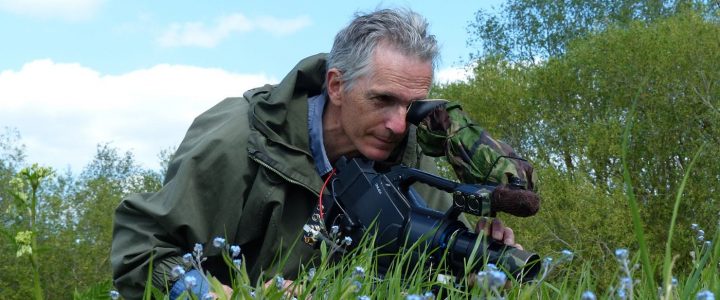
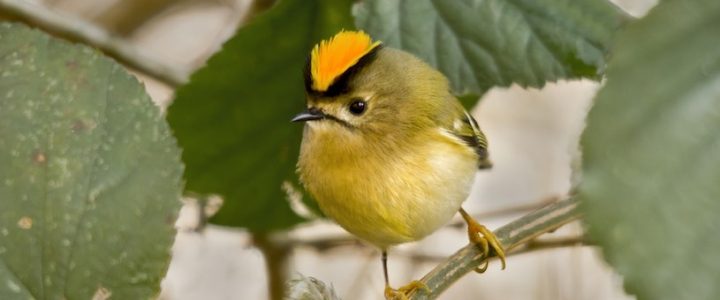
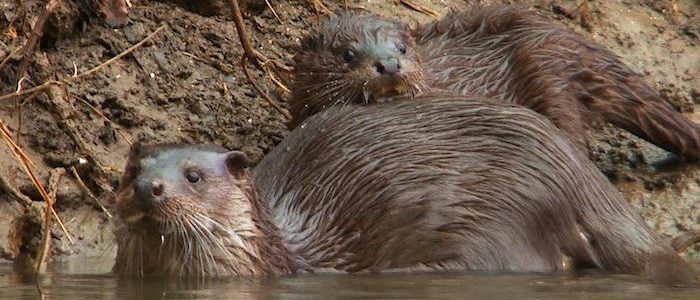
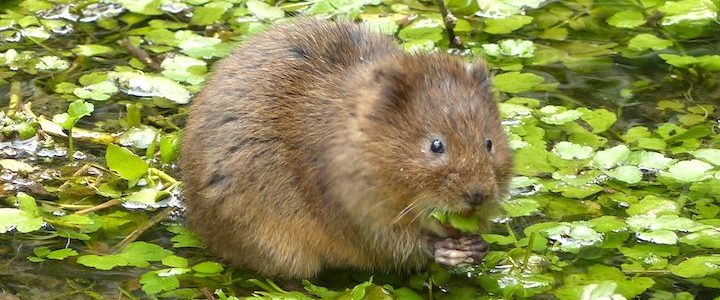
![How to Start a Native Wildflower Meadow [6 Easy Steps] The meadow in it's third year](https://nearbywild.org.uk/wordpress/wp-content/uploads/2015/06/DSCF4911_x300.jpg)
